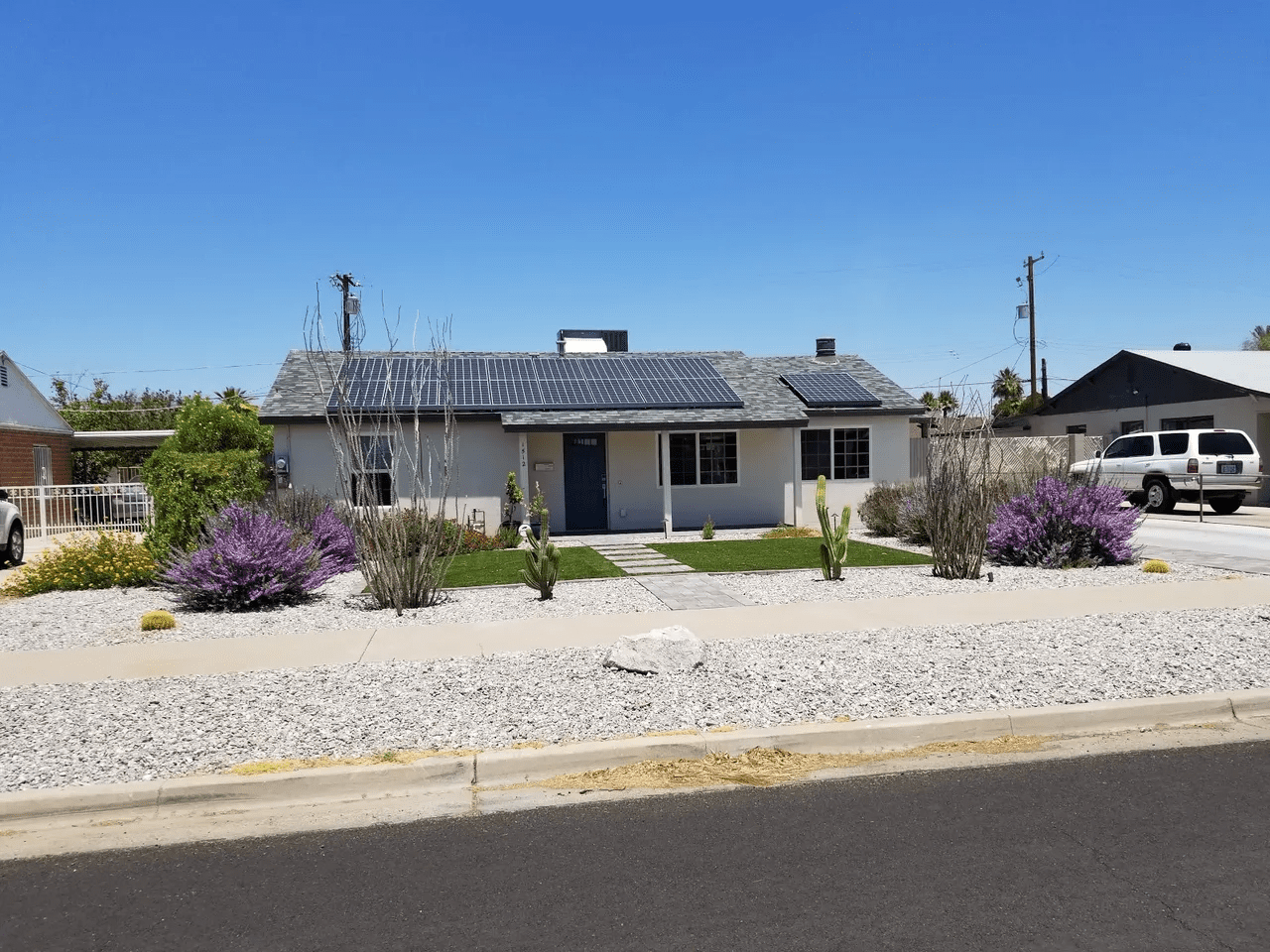We at PSG continue to learn more about the challenges facing the global electric utility industry. The problem is that the smart grid is a complicated collection of things (Internet of Things – IoT) that influence how the grid performs and behaves dynamically under a variety of conditions.
Consider the impact of rooftop solar. As the percentage of rooftop solar electrical power generation increases (some goals go as high as 40%), the dynamics of the smart grid can change dramatically and have a high reliance on consumption, weather, controls, and behavior. We can’t “test” the smart grid under all combinations of these varying parameters to understand performance. We have to rely on “virtual test” or modeling and simulation to do that job. This is an abstraction of the real smart grid and relies on execution of a simulation which must use quantitative information aggregated at granular levels (each household). Broad assumptions don’t work when we are trying to understand complex interactions.

The challenge is further complicated by socio-economic factors. Utility companies are motivated by providing highly reliable power to consumers at a reasonable cost. They use financial incentives that may (or may not) influence consumer behavior. Utilities manage the infrastructure that moves electric power throughout the grid. Consumers who produce their own solar energy are becoming more involved.
So we have a real physical system, the smart grid, which impacts everybody everyday. We need to understand it in order to be able to use it to improve our human experience. The smart grid is complicated, dependent on a variety of seemingly unrelated parameters, and is fundamental to our way of life and society. How we proceed is a complicated endeavor and relies on our ability to combine many models which interconnect to give us the insight we want. Connecting these models in ways that help answer our questions is an essential step in the path forward.
We will keep researching.
Blair, Nate, Nicholas DiOrio, Janine Freeman, Paul Gilman, Steven Janzou, Ty Neises, and Michael Wagner. 2018. System Advisor Model (SAM) General Description (Version 2017.9.5). Golden, CO: National Renewable Energy Laboratory. NREL/ TP-6A20-70414. https://www.nrel.gov/docs/fy18osti/70414.pdf
